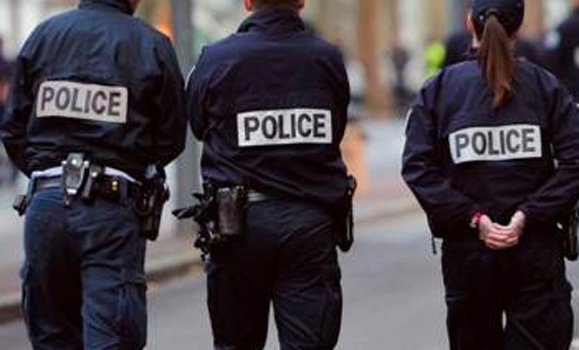After a 30-plus year career with the RCMP, Joanne Crampton was looking to do more than just sit back and relax in retirement.
“I’ve worked coast-to-coast, in all sorts of different roles,” says Crampton. “I wanted to contribute.”
And that‚Äôs how she found herself taking a new online course on ‚ÄúChild Soldiers and At-Risk Youth,‚Äù a partnership between H¬˛ª≠‚Äôs College of Continuing Education (CCE) and the (Dallaire Initiative).
The online course is an option for students taking the Police Leadership Certificate program offered by CCE. In Crampton’s case, she was taking it as part of her participation in VTECS, which stands for “Veteran Trainers to Eradicate the Use of Child Soldiers” — a program offered through the Dallaire Initiative for military and police veterans.
Making connections
Why would a police officer want or need to learn about child soldiers? It’s all too easy to think of “child soldiers” as something that happens overseas, far from Canada’s borders, but the reality is that children are used by armed groups and gangs here at home, and law enforcement personnel can encounter children from combat scenarios. Crampton, for example, spent the last years of her RCMP career on border integrity, encountering child refugees crossing the border into Canada.
“Working through the material in the course, I kept seeing ideas connecting back to my own experiences with children and youth in the field,” she says. “I felt like those on the front lines need to read these articles, take this course, to better understand the children and youth who are coming through the border. You see it in a different light.”
For Dr. Shelly Whitman, Executive Director of the Dallaire Initiative and one of the course instructors, ‚ÄúChild Soldiers and At-Risk Youth‚Äù is about drawing connections that apply in a wide range of scenarios involving young people. ¬Ý
“Having members of the Canadian Police Services take part in this program has been critical to its success: the depth and breadth of learning their lived and professional experiences bring to the class, and to the other students taking part, cannot be understated,” says Dr. Whitman.
“We are eager to expand this opportunity and welcome members from the security sector across North America and beyond. Their participation will ensure we strengthen our understanding and approach to ending the recruitment and use of child soldiers in conflicts around the world” states Dr. Whitman.
Opening doors
Crampton says the online course was extremely well designed, both in terms of creating interaction between classmates working remotely and in providing different ways of engaging with the material — from readings to video lectures and more.
“It’s too bad it was only available late in my career, because I would have taken so much from it when I was dealing with gangs or on the front lines with organized crime,” she says.
She feels the course can help current or retired law enforcement personnel strengthen their skill set and open doors to working in different sorts of agencies or organizations.
“For me, I’m doing different contract work. I’m also doing some leadership training with police officers, and that’s a nice piece to bring these ideas forward: how we should be looking at our operations a bit differently with respect to children.”
The “Child Soldiers and At-Risk Youth” course will be offered again in February 2020. For more information, visit the course’s website here.

